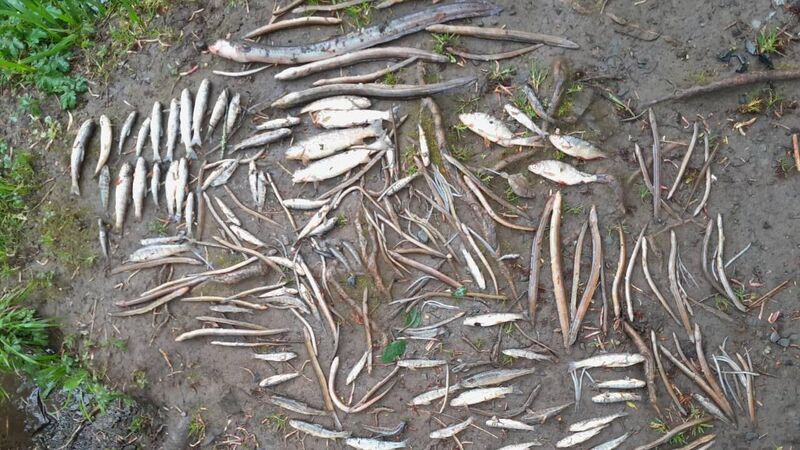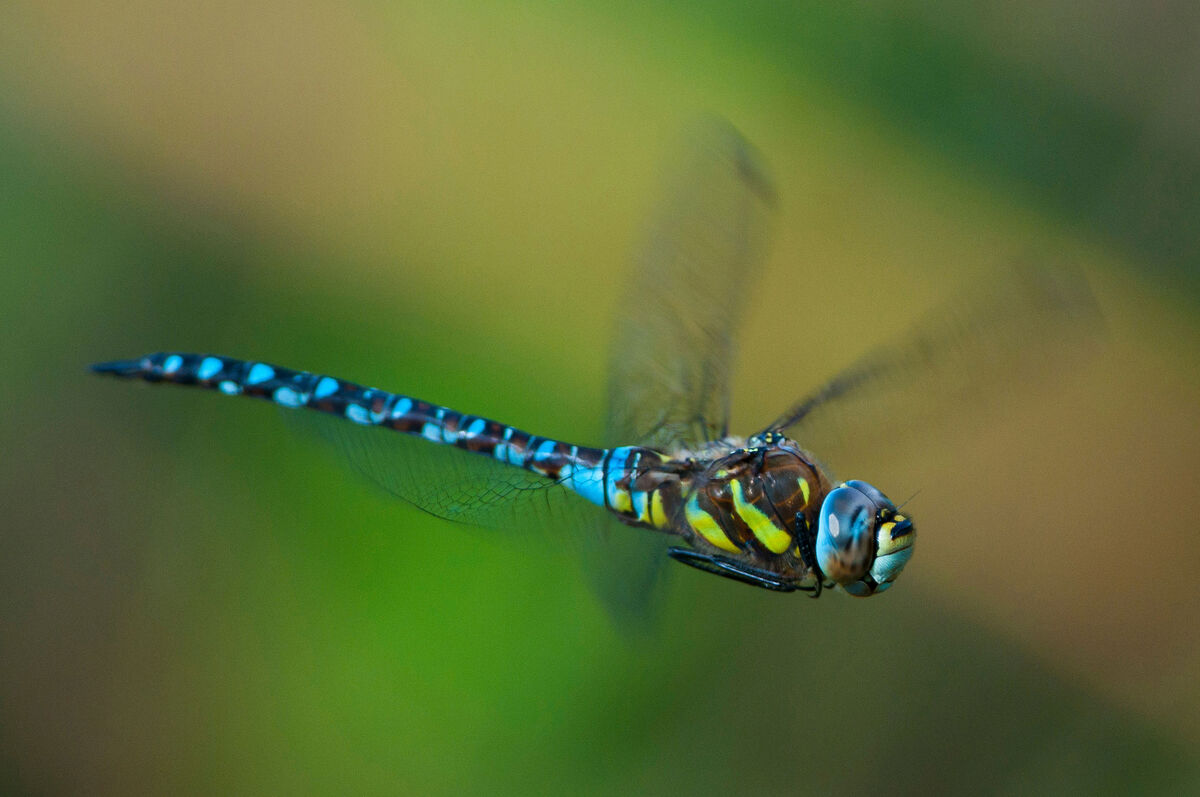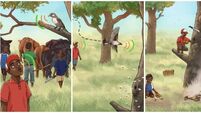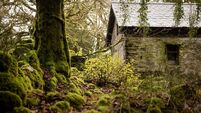Anja Murray: Life and death on Irish rivers

A significant fish-kill reported in North Clare in recent days is now being investigated by several agencies. Picture: Inland Fisheries Ireland
A riverbank in May can be a gorgeous place to be. Overhanging trees with their freshly formed leaves cast reflections in the riffs and whirls of running river water. Bankside ferns and flowering plants add a feeling of richness and diversity. In the water, stones on the riverbed shelter dozens of tiny creatures, invertebrates specially adapted to live in benthic habitats where flowing water shapes every aspect of their lives.
Early May is when dragonflies and damselflies begin to emerge, having spent a year or two as underwater nymphs. When they metamorphose into winged adults, their elegant shape and brightly shimmering, iridescent colours invite us to watch in wonder. Most of the dragonfly and damselfly species here need clean, unpolluted waters to survive and thrive, their presence can indicate good water quality and healthy aquatic habitats.

Dragonflies and damselflies are not the only river-dwelling animals with iridescent colouring. Along the banks of many rivers, Kingfishers are nesting at the moment. Eggs are hidden away safely in a nest chamber at the end of a long narrow tunnel in the riverbank. For up to a month, parents feed their young with a steady supply of small fish — then the first brood begins to fledge around the middle of May.
Early May often sees the peak of the smolt run, when young salmon and sea trout smolts are swimming downriver toward the sea. Because of the physiological changes that their bodies undergo during this time, these young fish are especially sensitive to pressures such as oxygen depletion from excessive nutrients or other forms of water pollution.
Dragonflies, kingfishers, salmon, and trout are just some of the incredible animals whose interdependent lives depend on healthy rivers. Ireland is particularly rich in rivers, and many aspects of our cultural identity, folklore, and prosperity have close association with the wealth of life in our rivers, celebrated and revered since ancient times. And yet rivers across the country are becoming increasingly polluted through negligence, carelessness, and greed.
The most recent data from the EPA confirms that overall ecological health of Irish rivers has declined since 2013, meaning that rivers are less able to support healthy ecosystems for fish, insects, and plants. The most telling part of the story of the water quality of a river is in the estuary, where pollution often accumulates in estuarine muds. Latest data shows how the deterioration in estuaries around the coastline has been most dramatic along the southeast and southern seaboards, a worsening crisis of nutrient pollution that is due to agricultural run-off. Areas such as Cork Harbour, Wexford Harbour, and the Slaney, Suir, and Nore estuaries have lost their good water quality status.
The growth in intensive agriculture over the past decade has brought many economic benefits, particularly to the south and southeast of the country, though is also causing very serious and mounting problems for rivers. The cost of clean-up and restoration programmes and the ecological ramifications will echo through depleted rivers and absent ecosystems for generations to come. When all things are considered, the benefits of ‘progress’ in one industry are far too costly for the country as a whole, not only now but into the future. Continued growth must be challenged, and targeted actions urgently implemented to reduce nitrogen emissions from agriculture in these areas.
Nutrient enrichment from intensive agriculture is the chief pressure on water quality in Irish rivers in recent years, though it is not the only issue. Physical changes such as land drainage and dredging can wreak havoc on aquatic habitats too. Dredging carried out as part of ‘arterial drainage’ works, uses diggers to physically scrape out the stony substrate from riverbeds — essential habitat for water-dwelling invertebrates. Dredging is largely carried out by the State — a publicly funded practice to speed up the flow of water from adjacent land and thus increase productivity of those farmland fields along the river. So while the cost of dredging is covered by the taxpayer, the benefit goes to private landowners, and the damage to habitats and fish spawning grounds is left as a legacy for the future.
Other ways that water quality is impacted include sediment runoff from forest management; poorly treated sewage; and discharges from urban wastewater.
Large-scale pollution incidents are also still occurring. Last week, a devastating fish kill occurred on the Ballymacraven River in County Clare. Hundreds of young salmon, trout, and eel flushed through the river for days — a traumatic sight for those who know and love this beautiful river. I was awed to watch an otter catch a salmon there in 2018, a spectacle I will always remember. A major fish kill like this will have severe ramifications for the ecological health of the Ballymacraven River, an important salmonid river that is legally protected under the Habitats Directive. The severity of this incident suggests that it is unlikely to be agricultural pollution that caused it. Once the authorities find the culprit, it is hoped that a prosecution will ensue and a long-term rehabilitation order for the river will be implemented.
While challenges mount and river water quality continues to decline, there are still grounds for optimism. More and more people understand that short-term political and economic gains cannot be traded for the health of our rivers. Communities are becoming ever more proactive in river restoration projects, and dozens of communities all over the country are being supported to conduct ecological surveys, prepare habitat management plans, plant native species to stabilise river-banks, and put buffer zones in place along rivers to intercept agricultural run-off and provide corridors for biodiversity. However the priority, as always, needs to be firmly on tackling the pressures at source, and agricultural nutrients are the pinnacle of the problem facing Irish rivers today.
- Anja Murray’s new book, , is available now. Follow Anja on twitter @miseanja








